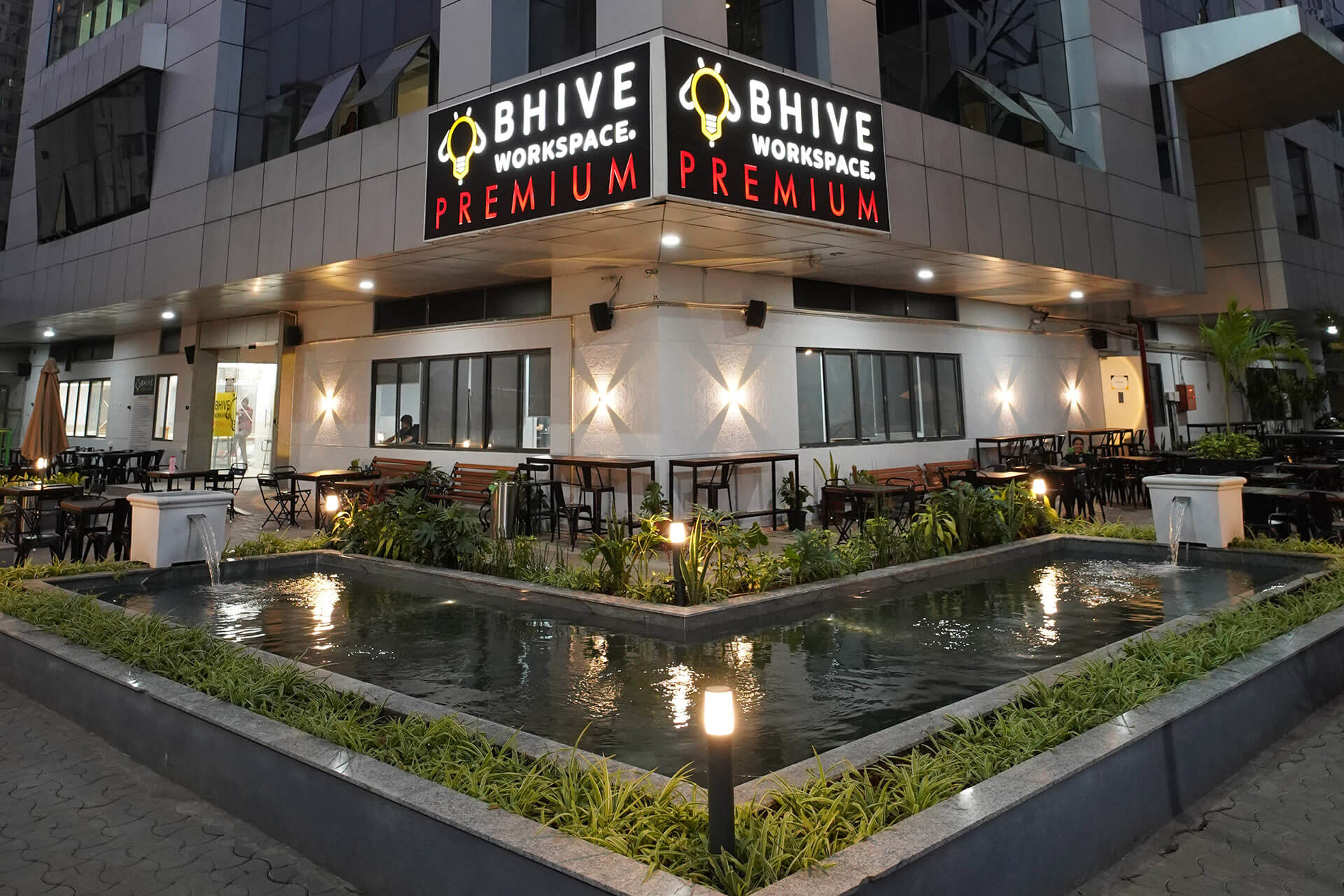E - PAPER
Indian Developers Yet To Accept Value of PMC
Jairam Panch, Managing Director, Turner India With active operations in India for more than a decade, Turner has been delivering some of the most complex, sophisticated and iconic buildings and structures in the region by providing project management, constr
 BY
Realty Plus
BY
Realty Plus
Published - Thursday, 19 Nov, 2020

Jairam Panch, Managing Director, Turner India
With active operations in India for more than a decade, Turner has been delivering some of the most complex, sophisticated and iconic buildings and structures in the region by providing project management, construction management, cost consultancy, technical due diligence, program management and BIM services.
What are the current challenges of Indian building & construction sector?
Non-availability of skilled and trained workforce continues to be the principal concern for the building and construction industry sector in India. While workers may be available in the required capacity, there is a large gap between the skills and the job requirements. Bridging this gap is imperative and Govt. initiative on Skill India becomes relevant here. All contractors must make this investment either on jobsite or institutions that can impart training and make them industry ready.
With the frequent influx of novel technologies, the industry, in India and overseas, is undergoing a brisk technology transition. However, when put on a global map, India is yet to explore the extent of technology. While innovative technologies are widely being used in the global markets for design, engineering, construction, the Indian industry has only gradually started comprehending the value of these technique and tools.
Respect and acceptance of Project Management Consultants (PMC) by clients is one of the biggest challenges. PMCs are seen as cost and the value we bring to the table are not recognized or conveniently ignored. The traditional unstructured delivery system of developers has led to mismanagement of projects with resultant issues such as cost overrun, schedule overrun, quality lapse and corrupt procurement system. Developers, Investors and Corporates must focus on their core competency of design, approvals, sales and marketing and instead outsource the management of Projects to competent PMCs.
While Indian building industry is gradually moving from labour intensive to mechanized construction, what more can be done to bring global standards in projects execution & management?
According to me, in the near term the construction industry will be dominated by Industry 4.0 – an era of automation. Digital technologies and modern methods of operations have disrupted all industry sectors, and construction will not be an exception. Transformation of processes, methods and tools will indeed play a pivotal role in the way the construction industry advances towards mechanization, pro-activeness, enhanced efficacy and less wastage. For example, ‘Building Information and Modelling’, is a multi-dimensional (3D++) model process that helps plan, design, construct and manage projects more efficiently. BIM also offers technology integration in schedule and cost management which can help the project owners view live linked quantity count, reduce turnaround time for design analysis, evaluate models for constructability, prompt evaluation of design differences, calculate multiple component budgets and pay application verifications.
Besides, the integration of AI and wearable technology in construction processes will go a long way in improving safety at the site, reducing injuries to the staff and workers, improving operational efficiencies and enhancing quality of life for construction workers.
Besides, an integrated single team of project owner, contractors and consultants with clearly defined goals, shared responsibilities and accountability at all levels regardless of whether they are client or consultant is an important ingredient for the success of the project.
How do you see Indian construction practices changing Post Covid-19?
The COVID-19 pandemic exposed us to an unprecedented global emergency that has transformed construction dynamics forever. The route to normalcy will also be an experiment of enormous proportions where the government and the industry will need to learn from the new experiences.
Strategic workforce and project management coupled with smart use of technical and technological prowess will help us bounce back. Offsite construction methods such as Modular Construction and Prefabricated Construction will help save time, significantly reduce material and labor costs, addressing the weather and workforce issues. Studies estimate that the utilization of prefabricated method in construction leads to 20% reduction in embodied energy, 25% reduction in requirement of labor, and 40% reduction in water consumption.
From a long-term solutions’ perspective, the industry may look at creating a pool of captive workers by providing ration and accommodation incentives for them. Digital technologies such as drones, artificial intelligence, virtual reality, etc. must be leveraged to reduce dependence on human workforce. Moreover, the industry may adopt a more formalized approach towards contract design and management; project insurance may receive an increased impetus.
A recent distinct project by Turner – its salient features and challenges in implementation
If we compare the documents of lessons learnt from different projects handed over by Turner across India, the Statue of Unity in Gujarat was certainly the most complex and challenging project considering various parameters. The tallest statue in the world has become a global icon because of the sheer scale, magnitude and accuracy required in the implementation of the mammoth project. As Project Managers, we at Turner were not only required to be at the top of our efficiency game, but also had to micromanage several aspects of the construction process. Erecting a statue of about 182 meters in height required us to tackle several challenges including coordination, logistics, sequencing, material sourcing, inclement weather conditions, communication etc.
Our tracking system for incoming material had to be extremely efficient to ensure that any delays in arrival would not hamper other procedures. We made sure that there is no wastage of labor hours or resources by having contingency project plans. Dedicated resources and innovative techniques were deployed to relay the information between decision-makers, engineers, laborers and technicians whenever and wherever there were limited communication channels or mobile network lapses.
The landmark project tested our capabilities and expertise at several levels. Thanks to our proficient team and their commitment to the project, we were able to succeed in all aspects of project management and today the glory and magnificence of the Statue of Unity is there for everyone to see and admire.
RELATED STORY VIEW MORE
NEWS LETTER
Subscribe for our news letter
E - PAPER
-

CURRENT MONTH 
LAST MONTH















